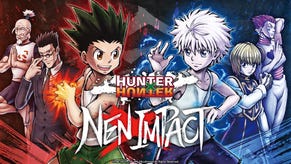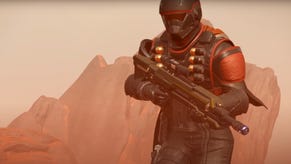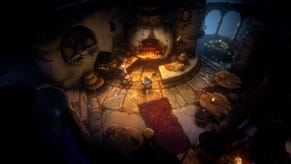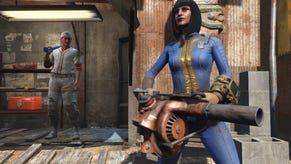Deep Down's Panta Rhei engine to unlock "full potential" of PS4 & next-gen hardware
Capcom's next-gen Panta Rhei engine was unveiled at Sony's PS4 reveal over a year ago, and we're yet to see the extent of its potential. It's lucky then, that the company's senior manager Masaru Ijuin has discussed the engine in a new blog post.
It follows the release of a new Deep Down PS4 screenshot, showing off something particularly nasty.
Over on the Capcom business site, Ijuin explained that the company's MT Framework engine started to run into problems as tech advanced, underlining the need for a new technology. "Don't get me wrong," he added, "We believe MT Framework is a powerful rendering engine. But it's clear that heightened game quality leads to a rise in the number of man hours.
"The amount of work involved in making games for next-gen consoles is eight to ten times greater than what is required for the current generation of consoles."
Ijuin explained that Capcom had considered simply updating the MT Framework engine, but decided to build Panta Rhei from the ground up to meet the demands of next-generation development. "We won't use Panta Rhei to develop games for the current generation of consoles," he stressed, and added, "We intend to continue using MT Framework'to do that, and use MT Framework Mobile for handhelds and smartphones. These engines provide the optimum development environments for hardware with different characteristics and specifications."
This, understandably, means that Capcom developers will have to learn a new engine over again. But it will be worth it, Injuin continued, "Well, I'm afraid creators will have to start back at square one when they learn how develop games using 'Panta Rhei'. Next-gen consoles have drastically redefined the way games are rendered. Conventional theories no longer work.
"If we create games the same way as before, we won't be able to give our fans what they want, and that's games unlike any they have ever played. We think we should view this new hardware as an opportunity to tackle new challenges."
Injuin and his team aren't blind to the potential negatives of having to start over however, but reasoned, "there were people who were initially against the introduction of "Panta Rhei". I think everyone's a little apprehensive about changing the development environment. People frequently asked us why we felt the need to replace a smoothly running engine with a new one. We promised to offer them maximum support, and moved ahead with the development of 'Panta Rhei'. Currently we're working with the "deep down" development team and using this engine to make the game."
It'll worth it in the end, Injuin feels, as he added, "Panta Rhei is designed to unlock the full potential of hardware and maximize the rendering power of next-gen consoles. It also reduces the iterations in developing games for next-gen consoles. To make games more exciting, we need to go through a process of trial and error, such as adjusting parameters and considering how games are played.
"This process needs to be completed in the shortest amount of time possible. Reducing the iteration time from ten minutes to one minute delivers a tenfold increase on the amount of work we can do."
On how the engine has been used to enhance the play experience in PS4 exclusive Deep Down, Injuin explained, "One of the main features is 'parallelization'. Normally when a game is made, the planner comes up with a plan, and the designer draws a map. The characters are then placed on the map and the created game is played. If the game's not fun, the map is redesigned from scratch. This is what you would call a serial process. On the other hand, "Panta Rhei" transforms this into a parallel process, thereby minimizing work loss through the coordination of efforts."
"The players of Deep down"will be surprised to see realistic fire rendered by fluids," he continued. "Traditionally, fire is rendered by arranging a large number of so-called billboards, but this method fails to depict the motion of fire. We can now make fire look more realistic by using fluids and simulating the flow of the flames. Imagine a T junction at the end of a narrow corridor. The fire rendered through the use of billboards ends at the wall of the T junction. On the other hand, the fire rendered with fluids fans out to the left and right when it hits the wall.
"The effects staff were extremely excited when they discovered this was possible with Panta Rhei (laugh). I think this change will also affect different elements of gameplay. For example, in traditional games a player can run away to safety by turning at a T junction, but in the future that fire might actually chase them around the corner."
There's tons more over at the Capcom business site, but for now, what do you make of Panta Rhei and Deep Down?
Via OXM.






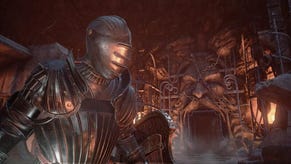



.png?width=291&height=164&fit=crop&quality=80&format=jpg&auto=webp)


